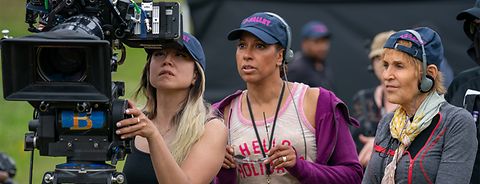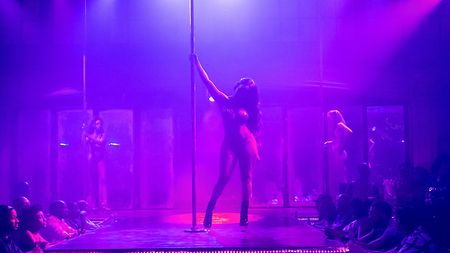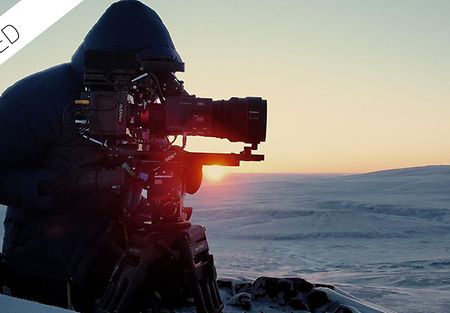What made you want to get involved in this project?
I had been following Katori Hall’s theater work and was a fan. I heard she was mounting a series and intended to employ many women in front of and behind the camera and wanted to diversify all departments. This has been my mandate from the beginning of my career. I think back to when I was first shooting in New York and would consistently hire female camera assistants. I imagine it raised a lot of eyebrows, but I felt even then that if I did not hire women, who would? Plus, if I could make it in the electric department and successfully transition to being a cinematographer, it could happen to others who were grossly unrepresented in the film and television industry. People need that first door opened. Having said all of this, I have always thought of myself as a cinematographer—who just happens to be a woman.
I was really drawn to the subject matter of “P Valley,” which deals with people in a small town in Mississippi that are on the margins of society. This town has seen better days, with few ways for folks to make a living other than working at this strip club. I wanted to embrace the dignity of these women, pole dancers who have strength and power in their own abilities. I wanted to make sure we were not exploiting the dancers’ bodies through titillating visuals yet not shying away from showing the beauty of bodies while never lingering on any one part. There was extensive discussion about the female versus the male gaze, and Katori was careful in her hiring, looking for those with an understanding of a female gaze. Richard and our camera operators were sensitive to this. You would be hard‐pressed to know which visuals were shot by our “A” operator/Steadicam operator, Dave Chaimedes, our “B” camera operator, Janice Min, or our “C” camera operator, Brigman Foster‐Owens.
The cinematography for “P‐Valley” is stunning. There are lots of colors and a lot of lens flares. Can you tell me about the visual style of “P‐Valley”?
There was a very extensive look book created by my first director, on episode 101, Karena Evans, along with Katori. Karena was known for her inventive music videos with Drake. I found it such a fruitful and inspiring collaboration. The club is called the “Pynk,” so naturally Richard and I used the color pink. Yet we did vary the colors on stage and in the VIP rooms. It is so easy these days to change our hue, luminance, and saturation instantaneously with full-spectrum LEDs, and we brought in golds, oranges, blues, and purples. Katori was not fond of the color green, so we were conscious of how and when we used green.
Katori never wanted this club, which had been a 1950s juke joint, to be too fancy or glitzy because Uncle Clifford, the gender-fluid proprietor, would not have had the means to build anything too high end. Jon Ladd, our gaffer, had the task of hiding modern‐day LED lights inside of housing from old par cans that have been around for decades and really aren’t used much anymore. This way, if one were to look up at our grid, one wouldn’t see modern club lights. It was important to Katori to show that Uncle Clifford got what she could wherever she could, picking up bits and pieces at Home Depot‐like stores.
There has been a tendency to desaturate color when filming down-and-out communities such as our fictional town, Chucalisa. Katori, however, believed that cinematography could have color saturation and still show the underbelly of life. She also called our world “Delta Noir,” which allowed us great freedom with our lighting and composition.



